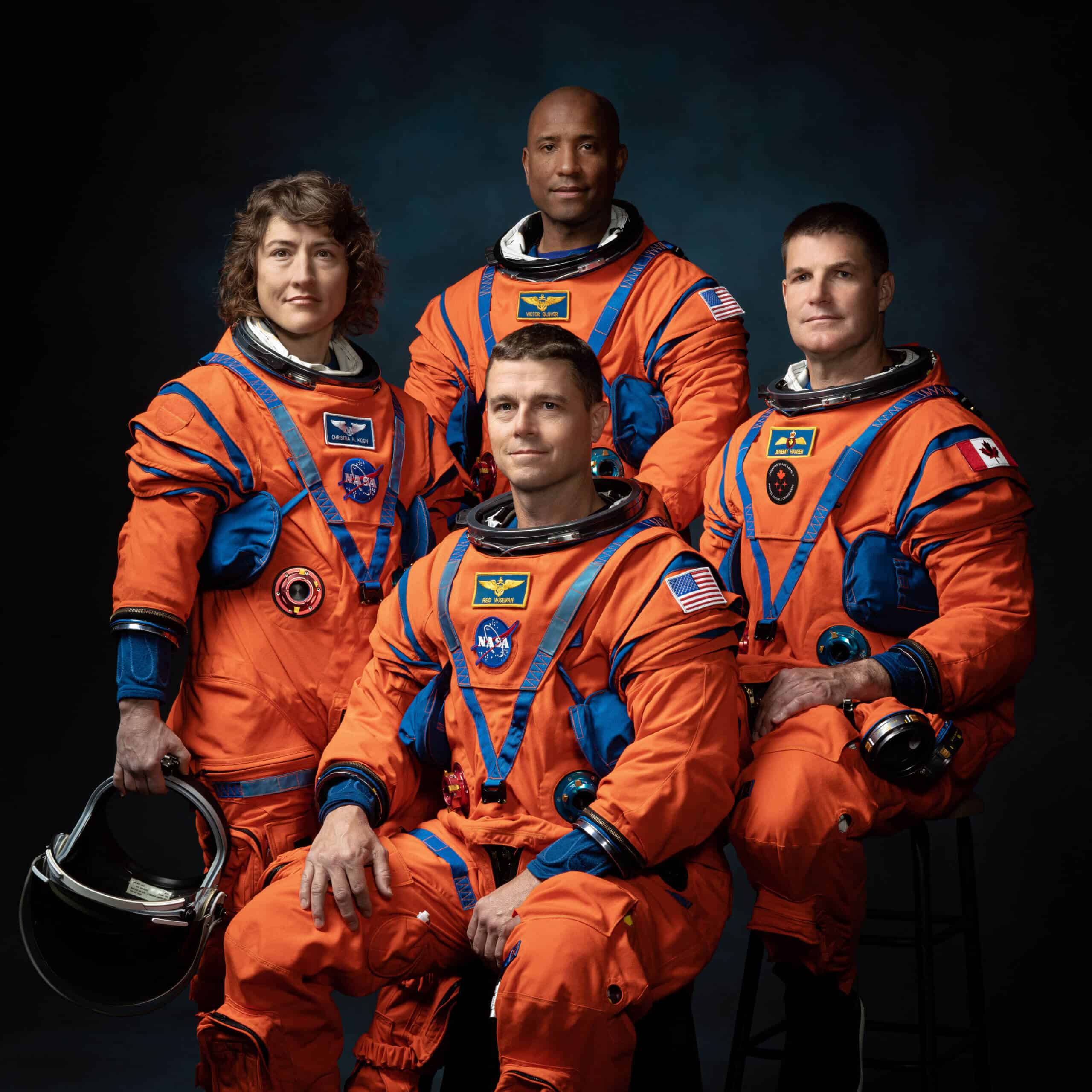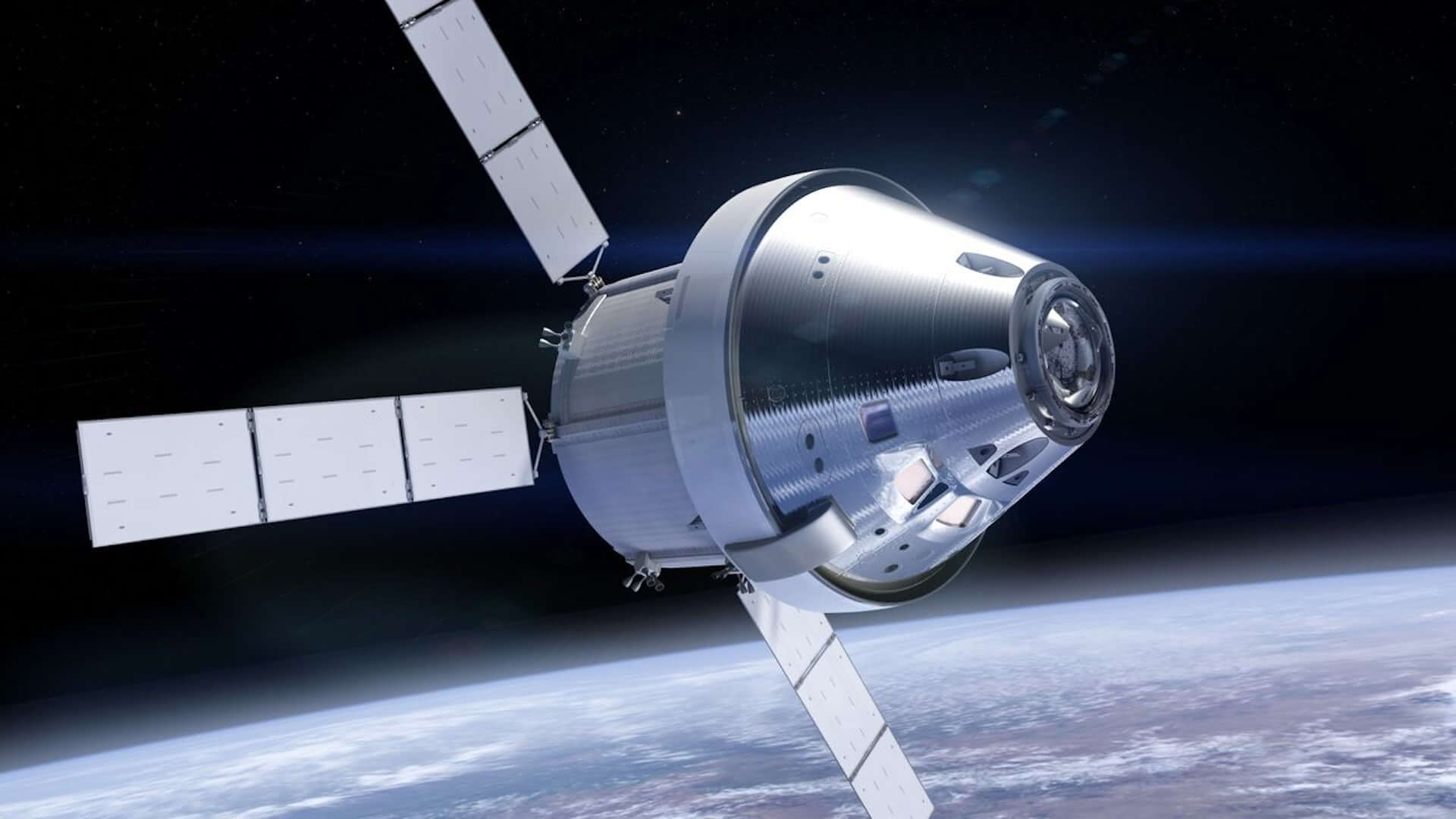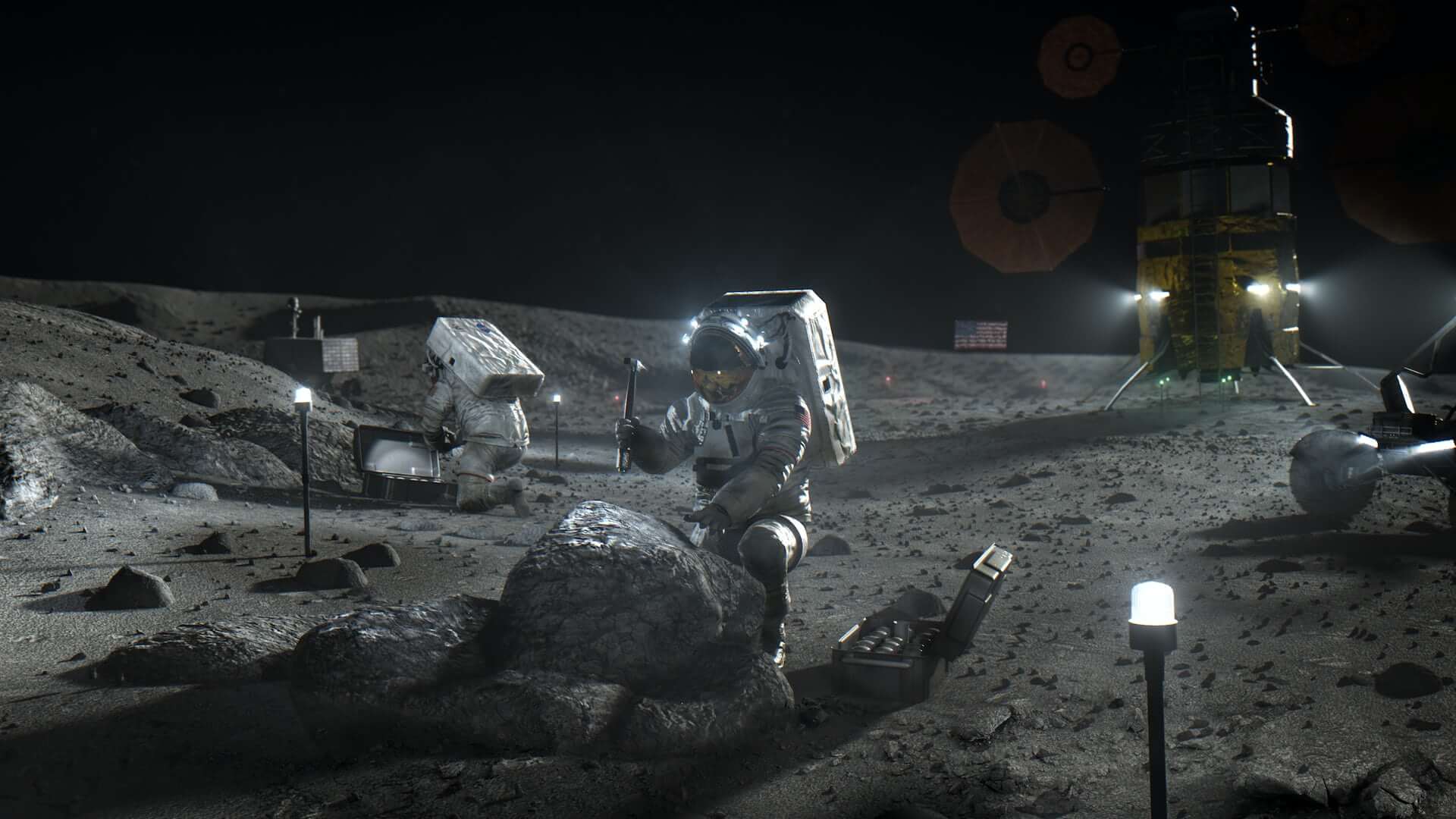NASA uses the same main engines and solid rocket booster technology that powered the Space Shuttle. The space agency has made many improvements, and learned the hard-earned lessons from past disasters. SLS and Orion represent evolution, not revolution. However, there will be nothing routine about this flight

By Kevin Fong Consultant Professor of Public Engagement and Innovation, Department of Science, Technology, Engineering and Public Policy, UCL
If all goes as planned, sometime in November 2024, members of NASA's new Artemis II crew — Christina Koch, Victor Glover, Reed Weissman and Canadian astronaut Jeremy Hansen — will cram themselves into their Orion space capsule and begin their final tests for launch. As they sit atop the massive SLS rocket at the Kennedy Space Center in Florida, waiting for the inferno beneath them to burn, the world will hold its breath.
If they survive the violence of that ignition and the journey to Earth orbit, they will have an adventure the likes of which we haven't seen in over half a century.
The acceleration stage aboard their research vessel will dislodge them from Earth's gravity and launch them into an orbit that will carry them to the moon, reaching space at a speed of more than 25,000 km/h. They will travel faster and farther than any human since the Apollo 17 mission in 1972.
NASA used experience and new technologies for this mission; using the same main engines and solid rocket booster technology that powered the space shuttle. The space agency has made many improvements, and learned the hard-earned lessons from past disasters. SLS and Orion represent evolution, not revolution. However, there will be nothing routine about this flight.

Risk is everywhere
We know in theory how safe Artemis II will be - all these probabilities have been carefully calculated. But too often there is a gap between expectation and reality.
The lives of the astronauts aboard the International Space Station are already full of risks. But for the Artemis II crew there will be additional dangers. In the face of an emergency, the 250-mile-high holiday space station crews can usually return to Earth within hours.
Rescue from deep space, perhaps hundreds of thousands of kilometers from Earth, is a problem of a different magnitude - as the famous Apollo 13 crew proved in 1970.
Radiation is also a significant hazard. Astronauts operating in low Earth orbit benefit from the Earth's dense magnetic field, or magnetosphere, which protects them from harmful solar and cosmic radiation. In missions to the moon, the crews will risk beyond the protection of the magnetosphere, and will be more vulnerable to radiation exposure.
Short-lived but intense solar flares of energetic, highly charged particles pose a powerful potential threat. If such an event occurs while Orion is traveling between the Earth and the Moon, the Artemis astronauts will enter a well-protected area at the base of the spacecraft, and wait there until the solar storm subsides.
A new level of safety
Despite all this, the level of safety is high. The Apollo crews faced the same risks when space engineering and technology were in their infancy - in capsules that did not include similar protection from radiation.
We know from those daring missions that the "new ocean of space" - as President John F. Kennedy once called it - can be successfully and safely navigated. There is an expectation that one day, soon, the Artemis II crew will do the same.
Artemis II is a probe mission that is supposed to orbit the moon without landing. It will pave the way for future missions, including the first return to the Moon since the 70s. Artemis III is planned for 2025, but no one knows if these schedules can be met. This is rocket science and the sheer complexity of the endeavor means that timetables can change.
But what will come next is a comprehensive exploration of the moon's surface by astronaut teams, including a survey of the water ice likely found in its polar regions. The intention is to do more than enter and exit, leave flags and traces.
Artemis is persistently engaged in this environment, in an effort to establish a firmer footing on the frontier of space. The moon's water ice is a potentially important resource in this context: it can provide drinking water - and by separating the hydrogen and oxygen contained in water molecules - it can also provide the chemical components for rocket propulsion.
Artemis II must come first. Despite the exhaustive planning, this mission will be something of a breakthrough. After the astronauts leave Earth, anyone who truly understands the magnitude of the challenge facing this crew will be waiting with bated breath until they land safely in the Atlantic Ocean. Human spaceflight has always been like this.

reflects change
When Jim Lovell, Bill Enders and Frank Borman embarked on their historic journey to become the first humans to orbit the moon in 1968, aboard Apollo 8, they left behind a world ravaged by war, a country struggling with civil unrest under the shadow of Reverend Martin's political assassinations Luther King and Senator Robert Kennedy. The world has changed a lot since then - how much it has improved is a matter for historians to debate.
Artemis II is a feat of exploration and progress in scientific endeavor, and much more. Glover will be the first non-white astronaut, Hansen is the first non-US astronaut to reach lunar orbit and Koch will be the first astronaut to leave low Earth orbit and fly to the moon. This is of course just one small step, but the composition of the team is a testament to NASA's commitment to diversity in this new era.
This aspect is just as important as the technical detail. When it comes to journeys into the unknown, NASA has often led the way, showing us what we might be at our best, and showing that there might be room in the future for all of us.
When the Artemis II crew reaches lunar orbit, and captures the spectacular desolation of the lunar landscape below, the world will watch in amazement. These moments will undoubtedly ignite the ambitions of a new generation of researchers and scientists, who will see themselves properly reflected in this diverse team. There is something hopeful about that alone.

6 תגובות
Haha how to go back to the moon if you've never been there
You really are people who look for an argument in everything. Is it difficult for you to receive any information and accept it as fact? You can doubt everything in the world but... I don't have a clever ending to write here so I won't write it
Why didn't they come back because they weren't there. Ask why they orbit and don't land because today it will be more difficult to show a landing and that's why they don't show the entire process of returning an astronaut from the station to Earth. But circling has no problem faking it like they fake that the space station is supposedly circling the earth so they will just show you that they are circling the moon
Answer to critical thinking - money.
You are really kidding yourselves.
Do you really think anyone with a shred of common sense still believes there were manned landings on the moon 50 years ago?
Maybe you will finally land?
Why haven't they landed on the moon since 1972, despite the meteoric progress in technology. What did they know and be able to do then that they don't know and can't do today?